The Concord Consortium is thrilled to announce a new initiative to transform STEM teaching and learning and reach more students with educational technology. By applying current and future technologies in unique ways, generating new collaborations, and leveraging the power of open educational resources, a group of innovative thought leaders is working to revolutionize STEM learning experiences and bring them to a broader, more diverse group of learners. A two-day summit sponsored by the Gordon and Betty Moore Foundation jumpstarted the effort last month. Designing 2030 was the first step on a journey to predict, imagine, and design for 2030.

STEM education professionals, scientists, curriculum developers, learning scientists, and more gathered for the inaugural Designing 2030 Summit.
Thirty STEM education professionals, leaders of informal education institutions, scientists, entrepreneurs, curriculum developers, K-12 educational software programmers, teachers, and learning scientists convened at Dynamicland, an experimental space in Oakland, California, that embodies communal computing. Dynamicland houses a multi-person computer, embedded into the physical rooms to support collaboration through tangible objects, running code printed on paper and digital projections on surfaces.
Concord Consortium Executive Vice President Sherry Hsi welcomed the group to Dynamicland, and President and CEO Chad Dorsey set the meeting in the context of technological advances by describing a timeline of different technologies that have changed how people get information and connect with others—from the advent of social media to digital appliances.
How can technology transform the way we teach and learn science and broaden participation by more learners?
Participants outlined potential education technology opportunities and challenges faced by school-aged students brought to life by six fictional personas (Figure 1). They sketched their ideas onto posters, then turned these into blueprints for shared actions. Inspirational talks, technology demonstrations, ideation activities, informal meeting time, and open discussion encouraged participants to dream big and craft a vision for the future of teaching and learning.
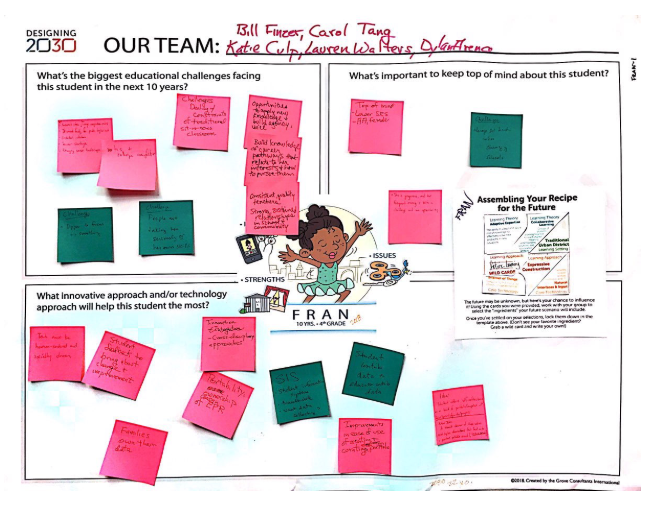
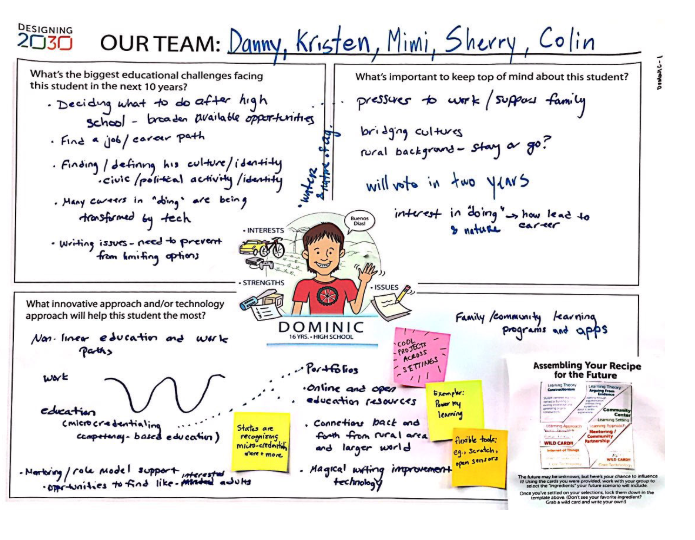 Figure 1. Fran (top) is a 10-year-old girl living in Cleveland, attending 4th grade in a new public school downtown. Dominic (bottom) is a 16-year-old in Texas, enrolled in a rural high school.
Figure 1. Fran (top) is a 10-year-old girl living in Cleveland, attending 4th grade in a new public school downtown. Dominic (bottom) is a 16-year-old in Texas, enrolled in a rural high school.
Participants reflected on strategic questions:
- What should learning look like in 2030?
- What role will new or yet-unimagined technologies play in adding and supporting learning?
- How will information and data help teachers and mentors provide an ongoing ecosystem of support that extends to all learners, regardless of location, economic resources, or background?
- How will all of these factors work together across learner’s lives in ways that equip them for meaningful contributions as global citizens?
Speakers inspire with farsighted views
Invited speakers ignited new ideas about the future of teaching and learning. Technology visionary and creator of Dynamicland, Bret Victor described a future of computing in which people work together shoulder to shoulder with physical materials, having agency to change the things they create—in sharp contrast to highly independent, isolated users of apps developed by others.
Adam Tobin, CEO of Chabot Space & Science Center, re-envisioned the role of museums and science centers as critical educational hubs to support an integrated STEM learning ecosystem. Colin Dixon, research associate at the Concord Consortium, shared a story of a youth who created a computer from old milk cartons and PVC pipes in a mobile makerspace, suggesting that educators need to create space for surprises and rethink what counts as “technology” in light of young people’s imaginations and maker-oriented opportunities.
Cultural anthropologist Mimi Ito asked us to think about designing educational systems that serve the interest and needs of learners and to reconsider the notion that “kids move through a pipeline from school to the workforce” and instead think of a web of relationships, opportunities, pathways, and interests that serve as learner supports over many years. Jeremy Roschelle, executive director of learning sciences research at Digital Promise, also emphasized the idea that education should be less about learning new things (facts, content) and more about collaboration and building new relationships that connect ideas in productive ways.
Judi Fusco, senior research scientist of STEM teaching and learning at Digital Promise, spoke of the importance of teachers, mentors, and coaches to support students, and the role of teachers and others in the community as key propagators of educational research to be put to use in the classroom. Finally, Britte Cheng, assessment researcher formerly at SRI International, described both the need to design educational implementations for equity and justice and the need to design against stereotypes and bias.
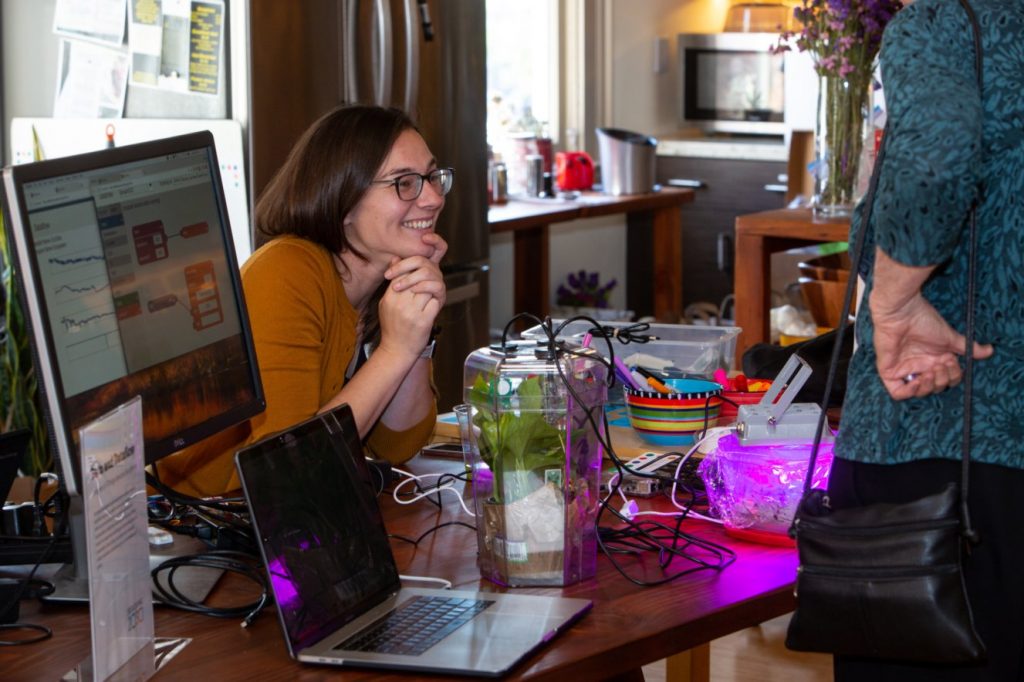


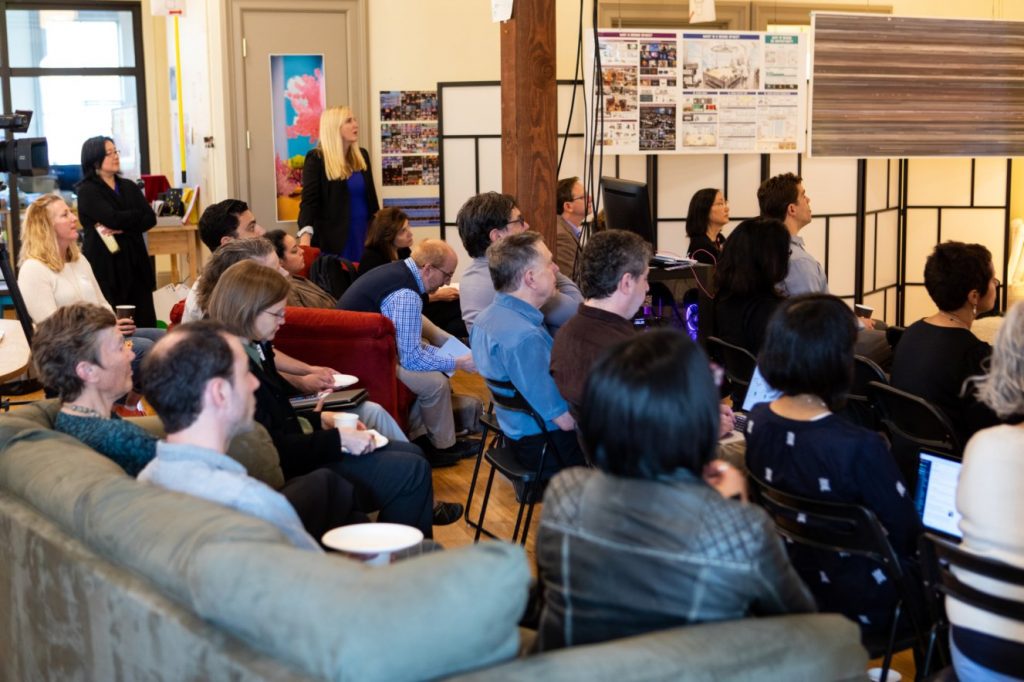
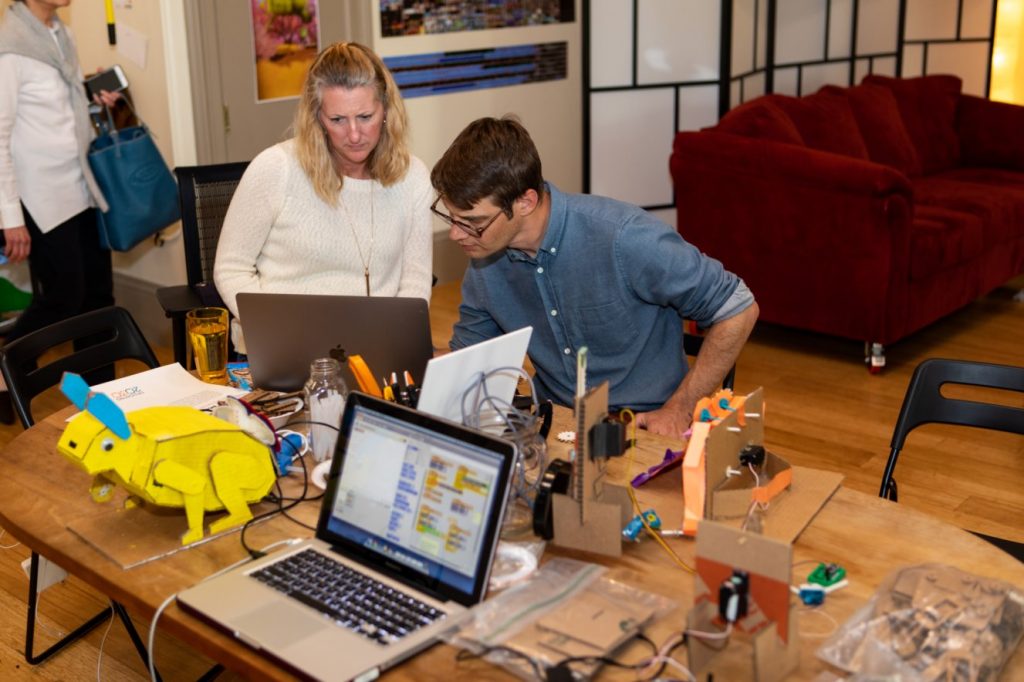

As a next step in designing the future of STEM teaching and learning with educational technology, we will convene a group of designers and software developers to take the ideas and visions from the Designing 2030 summit and make detailed design sketches, prototype scenarios, and begin software mash-ups as working examples. We’re designing the future now!
Contact Sherry Hsi for more information about Designing 2030.